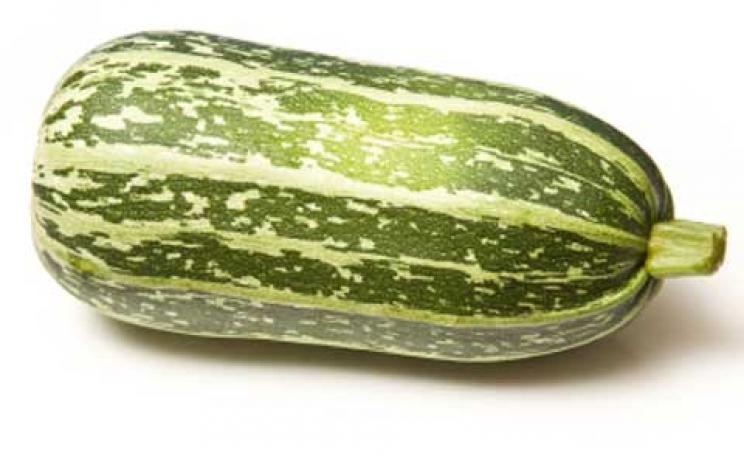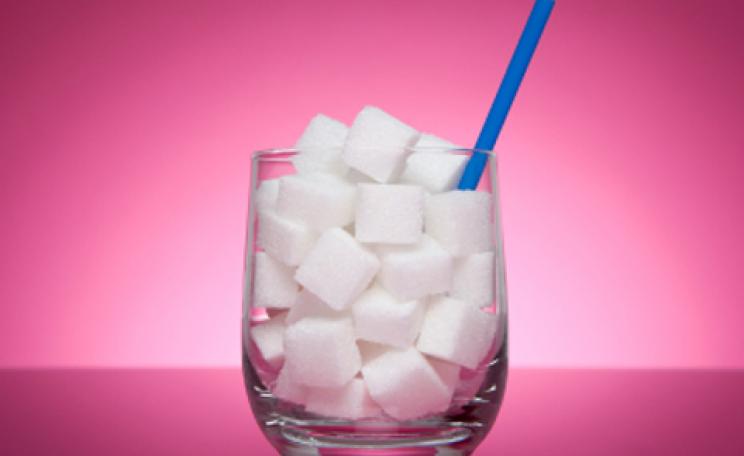Humans have been brewing for as long as hops and wheat have been around – in short, forever - and while the first alcoholic drink might have been the accidental result of soaking mashed barley for too long, it was a happy accident nonetheless. The oldest brewing recipe is thought to be at least six thousand years old and was written by the Sumerian peoples of ancient Iraq. However, it was the Babylonians who truly turned it into a craft and produced no less than 20 different types of beer. The discovery that fermented grapes produced a delicious drink led to wine making becoming an obsession in ancient Egypt, Greece and eventually Rome. So enamoured were the Greeks, they give wine its very own god, Dionysus (known as Bacchus in Rome), who, handily, was also the god of debauchery thus proving the two have gone hand-in-hand for a very long time. They also looked down their noses at beer, considering it to be the drink of the barbarians they were trying to conquer, including the Britons.
While beer drinking in the UK pre-dates the Romans, it was during the Middle Ages that it became a national pastime. Born out of necessity, beer became the beverage of choice because as the water so was impure and disease ridden that you risked death drinking it. It is estimated that mediaeval men, women and children drank around a litre and a half every day - a custom still enjoyed by many today. The boozy Brits spend over 40 billion on beer, wine and spirits, although a third is guzzled up by excise duty and tax. What this means is that the government enjoys more profit than the manufacturers themselves and with the price of a pint set to rise next year, drinking is becoming increasingly expensive. But there’s a cheaper way to enjoy a tipple or two and it’s greener to boot.
 The answer is to make your own. For one thing, it’s (nearly) free. With the exception of a few basic bits of equipment and some locally sourced ingredients, you can make 10 to 20 gallons of wine, beer or sherry for next to nothing. And by using what you find in the hedgerows or local parks you can create a tasty, seasonal brew without spending a penny. Even city dwellers can get in on the act with urban foraging, as recommended by foraging expert and home brew specialist, Andy Hamilton. The ingredients for his home brew come from within a two mile radius of his Bristol home. Local parks, hedgerows and gardens (after getting the owner’s permission) are all home to fruits, nuts and herbs that can be used to produce all-natural alcohol. He does, however, suggest avoiding urban nature reserves as many are ex-factory sites and the soil is potentially toxic. Alternatively, you could scour the green grocer for food about to be thrown out, or use up surplus fruit or vegetables from your garden.
The answer is to make your own. For one thing, it’s (nearly) free. With the exception of a few basic bits of equipment and some locally sourced ingredients, you can make 10 to 20 gallons of wine, beer or sherry for next to nothing. And by using what you find in the hedgerows or local parks you can create a tasty, seasonal brew without spending a penny. Even city dwellers can get in on the act with urban foraging, as recommended by foraging expert and home brew specialist, Andy Hamilton. The ingredients for his home brew come from within a two mile radius of his Bristol home. Local parks, hedgerows and gardens (after getting the owner’s permission) are all home to fruits, nuts and herbs that can be used to produce all-natural alcohol. He does, however, suggest avoiding urban nature reserves as many are ex-factory sites and the soil is potentially toxic. Alternatively, you could scour the green grocer for food about to be thrown out, or use up surplus fruit or vegetables from your garden.
Home brewing has benefits for the environment too, with fewer food miles and minimal use of pesticides among the main ones. No longer will you have to buy wine flown in from the Americas or South Africa, nor drink beer hauled over on massive lorries from the Continent. You'll know exactly what went into it and avoid any nasty chemicals and additives. What's more, contrary to popular belief, home brew is dead easy. Take Andy Hamilton’s cider recipe for example: ‘Cut apples up and press into a demijohn. Attach airlock and leave until fermented.' OK, you’ll produce a rough and cloudy affair but it’s cider nonetheless. ‘Some of the drinks I created [first time round] were akin to something typically found flowing through drains’ remembers Andy. But don’t be disheartened: experimentation is key and since home brewing is a bit like alchemy; subtly tweaking ingredients can result in some strange and wonderful tastes.
 All brewers need a basic homebrew kit. This might expand as you get more proficient but you can produce a perfectly good pint using just a fermentation bin, a demijohn, a rubber cork bung, a couple of corks and bottles, and a plastic tube for siphoning. Other useful additions include a thermometer, a bottle brush, a hydrometer (to test the sugar levels), some sterilising fluid and a big plastic spoon. For the cash strapped, there are a number of free ways to get your kit together. To start, you can substitute the fermentation bin for a bin liner in a cardboard box, a good quality plastic storage box or a catering size plastic food tub (or an old t-shirt as they use in prison). For the demijohn, a five-litre juice bottle will do. Your wine and beer bottles can be bought from a home brew shop if you want them to look fancy or can be gathered for free from parties or your neighbour’s recycling bags in your street.
All brewers need a basic homebrew kit. This might expand as you get more proficient but you can produce a perfectly good pint using just a fermentation bin, a demijohn, a rubber cork bung, a couple of corks and bottles, and a plastic tube for siphoning. Other useful additions include a thermometer, a bottle brush, a hydrometer (to test the sugar levels), some sterilising fluid and a big plastic spoon. For the cash strapped, there are a number of free ways to get your kit together. To start, you can substitute the fermentation bin for a bin liner in a cardboard box, a good quality plastic storage box or a catering size plastic food tub (or an old t-shirt as they use in prison). For the demijohn, a five-litre juice bottle will do. Your wine and beer bottles can be bought from a home brew shop if you want them to look fancy or can be gathered for free from parties or your neighbour’s recycling bags in your street.
The standard recipe for making alcohol is to ferment your chosen berry, leaves, fruit or vegetable in a mixture of hot water and sugar. Allow the blend to cool, add your yeast and leave it for at least a week. Then, depending on what tipple you’re making, either transfer to a demijohn for further fermentation or siphon straight into a bottle where it can be aged or enjoyed immediately. While this is simplistic in the extreme, brewing fans like Hamilton don’t see the need to over-complicate things as it can scare people off. In any case, even the simplest recipes can produce a perfectly good brew.
 One to try: Pumpkin Beer
One to try: Pumpkin Beer
Ingredients
One 2kg pumpkin or squash
1kg malt extract
55g dried hops
750g sugar
750g light malt extract
13 litres of water
Ale yeast
Equipment
Large saucepan
Muslin
Fermentation bin
Siphoning tube
Hydrometer (optional)
• Chop the pumpkin, remove the seeds and roast at 200c/390c/Gas mark 6 for 20 minutes. Allow it to cool, then scoop the pulp out.
• Bring seven litres of water to the boil, add the pulp and boil for 30 minutes.
• Add the hops.
• Pour the malt extract and sugar into the fermentation bin and stir.
• Strain the pumpkin liquid in to the fermentation bin and stir until sugar has dissolved.
• Pour in the remaining six litres of cold water and allow it to cool. When at room temperature, add your yeast.
• Seal the bin and leave for a week or until fermented.
• Place a teaspoon of sugar into each empty bottle and siphon in the liquid (avoiding any sediment).
• Leave bottle for 10 days then drink.
For more advice and recipes, Booze for Free by Andy Hamilton (Eden Project Books £9.99) is available from Amazon
| READ MORE... | |
 |
GREEN LIVING Five of the best…organic beers Better for the environment and better tasting than mass-produced, imported lager; isn’t it time you gave real ale a go? We asked the Campaign for Real Ale’s Jon Howard to round up some of the best |
 |
GREEN LIVING In season now: what to eat during November Cosy up with the November root vegetable glut, says Henry Gass. You won’t regret it |
 |
GREEN LIVING Top 10…Organic Wines Neil Palmer, co-director of wine merchants, Vintage Roots, and wine connoisseur extraordinaire, gives us his pick of the best organic wines around |
 |
GREEN LIVING Wild about weeds An underrated source of vitamins; nettles, dandelions and chickweed are a nuisance on the lawn but great to eat. Jeff Holman takes another look |
 |
GREEN LIVING Top 10… foods to forage Thought there was no such thing as a free lunch? As Kara Moses found out, Britain’s edible wild plants, berries and nuts can provide exactly that |








